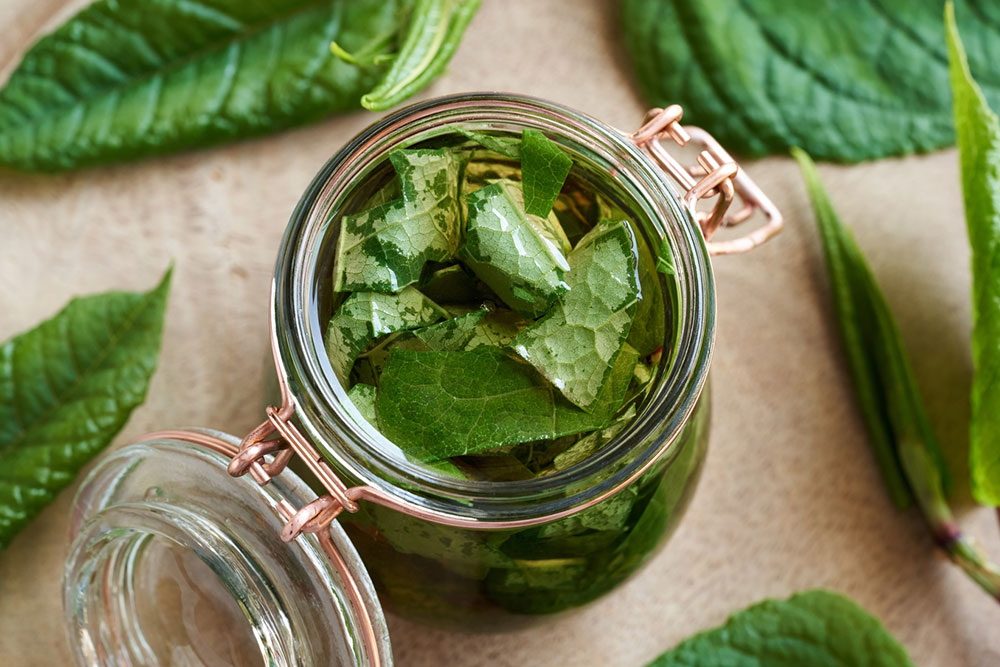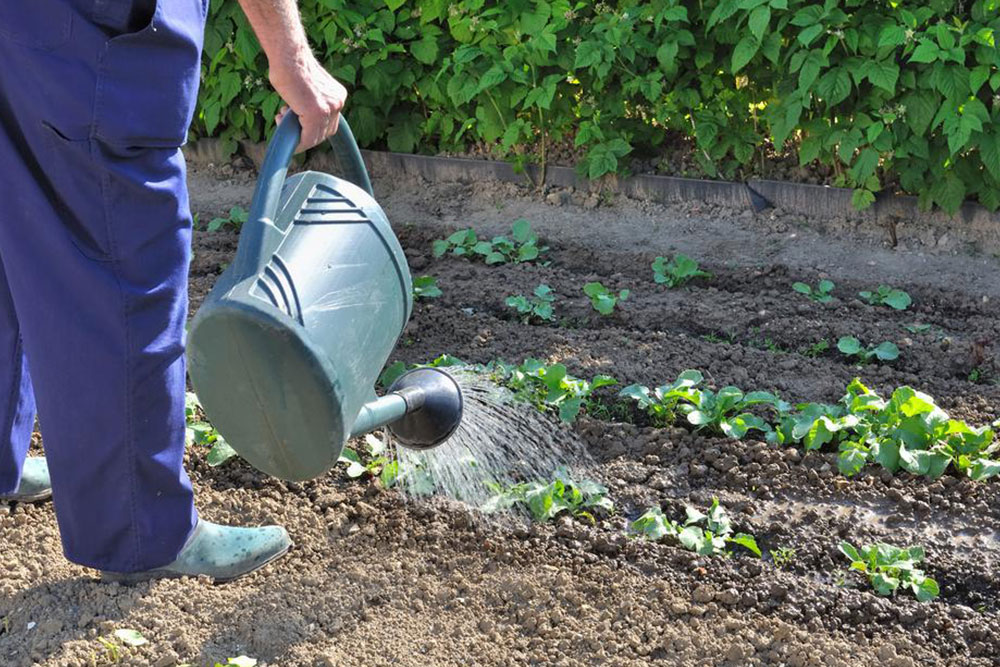Effective Strategies for Eliminating Japanese Knotweed
Discover effective methods to control and eradicate Japanese knotweed, an invasive plant that damages property and outdoor spaces. From natural remedies like vinegar and lemon juice to professional removal, learn how to manage this stubborn weed safely and efficiently. Implementing consistent treatment strategies and seeking expert help can prevent regrowth and protect your property. Whether you're dealing with small patches or extensive infestations, these proven techniques will help you maintain a healthy landscape and prevent structural damage caused by this invasive species.

Effective Strategies to Control and Eradicate Japanese Knotweed
Japanese knotweed is an invasive plant that rapidly dominates large areas, causing structural damage and affecting outdoor aesthetics. Its tall, bamboo-like stems can grow up to 15 feet, making control essential. While complete eradication can be challenging, effective methods can suppress its growth and prevent future spread. Knowing various removal techniques is key to managing this persistent weed. Some approaches may require patience and repeated efforts, but with consistent application, Japanese knotweed can be controlled.
1. Use corn gluten meal
A by-product derived from corn milling, corn gluten meal serves as a natural fertilizer and herbicide. It prevents knotweed seeds from germinating and spreading. To implement, evenly spread the corn gluten over the affected area and water thoroughly to activate its weed control properties.
2. Use vinegar
Vinegar, a common household item, contains acetic acid capable of killing Japanese knotweed. Mix equal parts vinegar and water, then spray onto the plant's leaves. This eco-friendly solution works best on small patches, providing a safe method to weaken the plant.
3. Pour boiling water on the plant
Pouring boiling water over knotweed can damage its roots and leaves, hindering regrowth. Carefully boil water and pour directly onto the plant, wearing protective gear to prevent burns. Repeat as necessary for effective control.
4. Apply salt
Sprinkling salt directly onto knotweed causes dehydration and plant death. Use caution to avoid affecting surrounding vegetation, as salt can persist in soil and hinder future plantings.
5. Use lemon juice
Lemon juice's citric acid can damage and kill knotweed. Combine lemon juice with water and apply to leaves to inhibit growth. This natural remedy offers an environmentally friendly option for small infestations.
6. Utilize herbicides
Select herbicides containing glyphosate for better effectiveness. Cut the plant a few inches above the ground and wait for new shoots. Then, carefully treat new growth with the herbicide. Repetition over several months boosts success.
7. Cover with tarps
Coverting knotweed with heavy plastic or tarps blocks sunlight, gradually killing the plant. Prepare the site by trimming and clearing debris, then cover with overlapping tarps weighed down by heavy objects. This process can take several years but effectively eliminates persistent infestations.
8. Regular trimming
Consistency is key—regularly cut the plant to ground level to prevent photosynthesis. Remove and dispose of cuttings properly to avoid spreading. Repeating this weekly discourages regrowth.
9. Dig up roots
Locating and removing underground stems and roots is crucial. Dig deep to extract as much root material as possible, then dispose of it safely. This method requires effort but is effective in preventing future growth.
10. Seek professional help
For deep-rooted or extensive knotweed, hiring a specialist is recommended. Professionals possess specialized equipment and chemicals to ensure complete removal and reduce chances of regrowth. They can also provide guarantees for their work.










